Russian Navy and loitering ammunition
Recently, the Russian armed forces have shown great interest in the topic of the so-called. loitering ammunition. Weapon several models of this class have already been tested on landfills and have been used in Syria to a limited extent. Now the navy is eyeing it. Recently Drones-kamikaze were tested as part of the exercises, and in the future they can be deployed on warships.
First teachings
At the end of October, major maneuvers of the Pacific fleet... The two-sided brigade tactical exercise involved several warships, front-line aircraft and helicopters, as well as approx. 5 thousand marines with equipment and weapons. During the exercise, they worked out the landing on the coast and the solution of fire missions, incl. with the use of new types of weapons.
On October 27, Krasnaya Zvezda published an interview with Major General Valery Sharagov, Deputy Commander of the Pacific Fleet for Land and Coastal Forces. He revealed some of the details of the teachings and, in particular, touched on the topic of new samples.
According to the general, for the first time in the framework of such maneuvers, loitering ammunition was used. During the landing of the amphibious assault, unmanned kamikaze aircraft literally fell in its path, inflicting conditional damage on the conditional enemy. However, the type of drones used, the tasks solved and the success of the application were not specified.
New weapon
As it soon became clear, the use of loitering ammunition in a recent exercise could be the first step in a large and important program. On October 29, Izvestia, referring to sources in the military department, reported that the Navy had become interested in such a weapon and was now studying its capabilities and prospects. As a result of these processes, kamikaze drones may appear on board ships.
It is noted that the new ammunition can be used as a weapon to destroy surface and coastal targets - in addition to other systems. Such UAVs will show high efficiency when working on motor boats and light boats, as well as with fire support of amphibious assault forces of various sizes.
Loitering munitions have a number of important advantages that will simplify their deployment and use. Thus, the deployment and development of such weapons on offshore platforms is not associated with difficulties. In addition, there is no need for the allocation of separate hangars for drones or a major alteration of the ship for the installation of launching devices.
To date, our industry has created a number of kamikaze drones with different characteristics and capabilities. The Navy may choose any such sample or samples. He can also order the development of a completely new complex according to his own terms of reference. How exactly events will develop is unknown. The fleet is still only studying a promising topic and has not yet made a final decision.
Clear benefits
Recall that loitering ammunition is a special UAV equipped with surveillance and reconnaissance equipment, as well as carrying its own warhead. A product of this kind must arrive in a given area and loit in it, observing and providing a search for targets. Upon detection of a ground or surface target, incl. mobile, the drone must dive at it and hit it with a direct hit.
Modern loitering ammunition, incl. Russian design, show fairly high flight and combat characteristics. Lightweight products of this class are capable of operating at a distance of tens of kilometers from the starting point and the operator. The duration of the flight, including patrolling in the target area, exceeds 30-40 minutes. At the same time, the vehicles carry warheads weighing several kilograms and are capable of hitting the intended targets with high accuracy.
From the point of view of operation, loitering ammunition does not differ much from "conventional" UAVs in their size and weight. The launch of the vehicle is usually carried out with a beam guide, which can be deployed on any suitable site. Landing is not provided - the flight always ends with a fall on the target.
Kamikaze drones actually combine the basic functions and capabilities of light reconnaissance UAVs and guided weapons, which gives them certain advantages and simplifies the solution of some combat missions. For example, due to its small size and a minimum of metal parts, loitering ammunition becomes a difficult target for enemy air defense, which increases the chances of breaking through to the target and completing all tasks.
During loitering, the ammunition can conduct a full-fledged visual reconnaissance, providing coverage of the situation, identifying targets and issuing target designations to all fire weapons. At the same time, he himself is able to hit the designated target, due to which the reaction time is sharply reduced, and the enemy loses the opportunity to escape from the blow.
The Navy reportedly plans to use kamikaze drones to combat surface and coastal targets. The ability of such weapons to effectively hit land targets has already been confirmed by numerous tests. In recent exercises, it was used to support the landing. The potential of ammunition in the context of surface objects is not fully clear, but there are hardly any fatal problems.
In a shipborne armament system, loitering ammunition can take place between artillery and full-fledged missiles. In terms of range and accuracy, the new UAVs will surpass cannon shells. At the same time, they will be able to effectively attack small targets for which missile weapons are redundant.
The problem of choice
If the Navy comes to the conclusion that it is necessary to adopt loitering ammunition for service, it will have to choose suitable samples - or order the development of new ones. It is not known what decision the fleet will make and what equipment it will purchase.
The topic of kamikaze drones is still receiving limited development in our country. In fact, only the company Zala Aero from the Kalashnikov concern is engaged in it. To date, it has presented three products of this kind - the "Cube-UAV" system and two drones of the "Lancet" line.
"Cube-UAV" is a tailless ammunition with a speed of up to 130 km / h and a flight duration of up to half an hour. The payload is only 3 kg, which, however, is compensated for by the high accuracy. Guidance is carried out according to the known coordinates of the target or using an optoelectronic system.
"Lancets" are built according to a different scheme and have two X-shaped sets of planes. At the same time, they carry optical and satellite guidance systems. The Lancet-1 UAV has a takeoff weight of only 5 kg and carries a 1 kg payload. "Lancet-3" has three times the carrying capacity and weighs 12 kg. The flight time is 30 and 40 minutes. respectively. Speed - up to 110 km / h, range - 40 km.
Loitering ammunition of these types was tested by ground forces, incl. in real operation conditions, and were highly praised. It is possible that the Navy was also pleased with the new weapon. However, other options cannot be ruled out. For example, they may approve the very idea of a kamikaze drone, but the characteristics of the existing samples will be considered insufficient and will require the development of a new project.
In different areas
As you can see, another branch of the Russian armed forces is interested in a promising direction. Testing of new technology in practice has begun, as well as necessary assessments are being carried out and plans for the future are being made. It is very likely that all these processes will end with a positive result, and in the foreseeable future there will be news on the arrival of loitering ammunition for the armament of ships and coastal troops.
Apparently, the ground forces and the navy will not remain the only owners of the new weapon. Earlier it was reported about plans to develop airborne kamikaze drones for the front aviation Air force. Thus, in the medium and long term, our armed forces will face a number of new products that will provide fundamentally new opportunities.
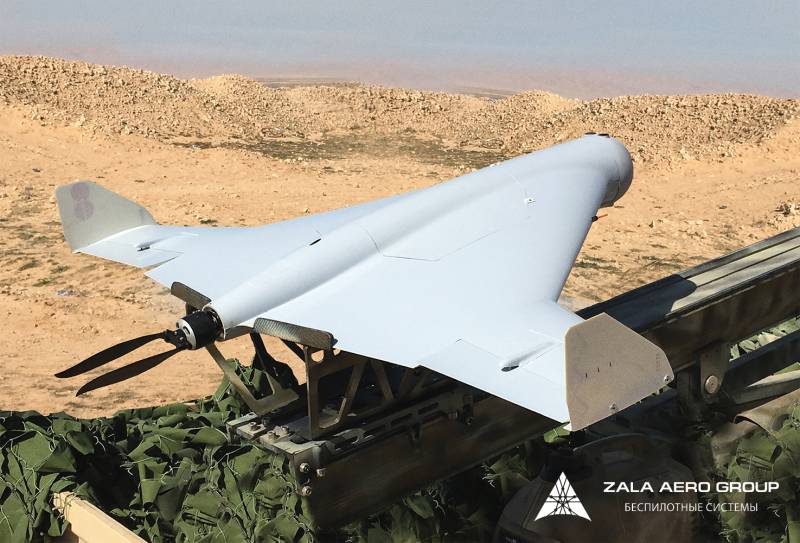
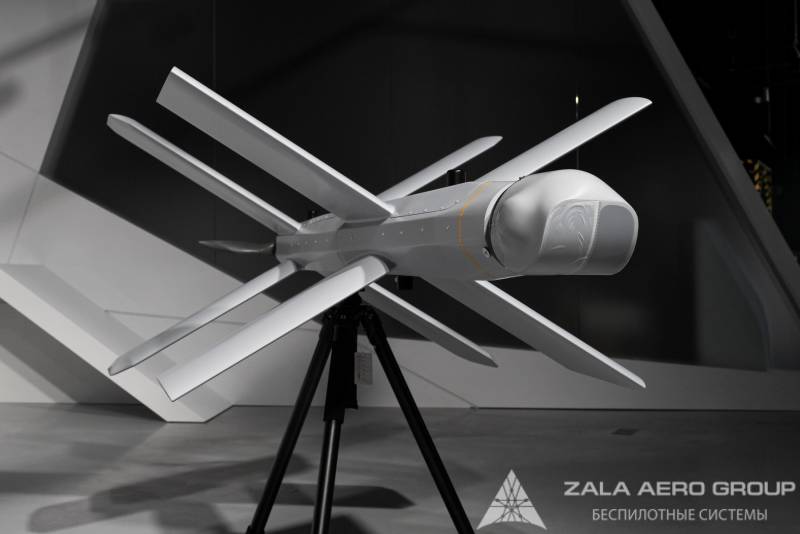
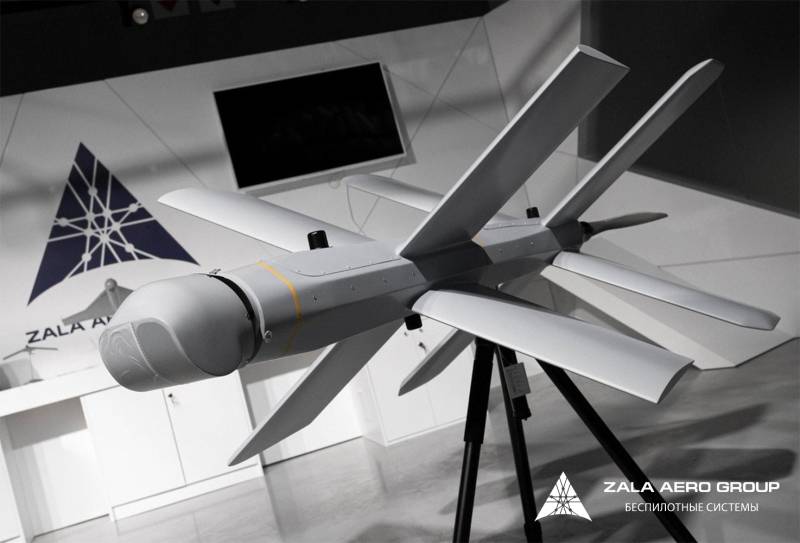
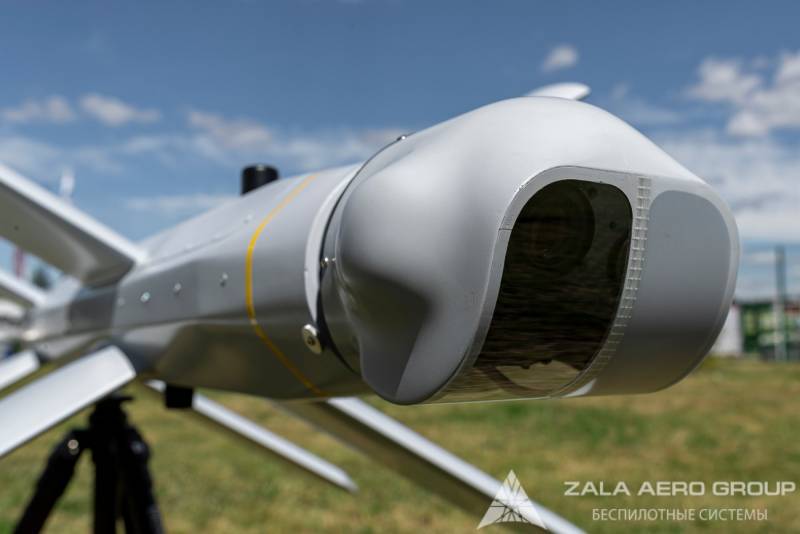
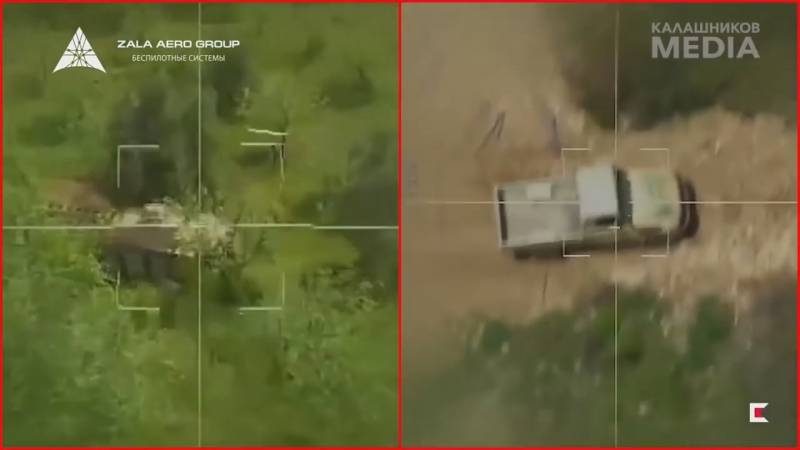
Information